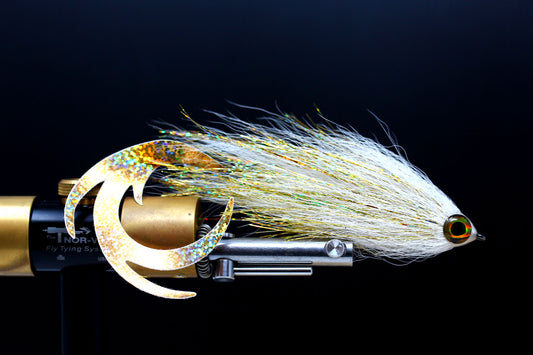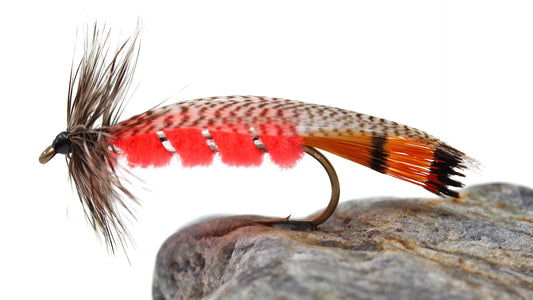All Points Fly Shop + Outfitter Blog

Video: A Mainer With a Love for Fishing and the...
Triangle Sport recently did a video about All Points Fly Shop and the owner Josh Thelin. Triangle Sport is the company that makes the line/reel winder machine that we use daily...
Video: A Mainer With a Love for Fishing and the...
Triangle Sport recently did a video about All Points Fly Shop and the owner Josh Thelin. Triangle Sport is the company that makes the line/reel winder machine that we use daily...

Fly Focus Friday: Deer in the Headlights
This fly is what its name suggests, bucktail from a deer and a bunch of flash mixed in and an even flashier tail. More specifically it is a hollow bucktail deceiver with...
Fly Focus Friday: Deer in the Headlights
This fly is what its name suggests, bucktail from a deer and a bunch of flash mixed in and an even flashier tail. More specifically it is a hollow bucktail deceiver with...

Video: Fly Tying - Sand Eel Flat Wing
Flat wing style flies are renowned for their great movement and castability. These flies are a modern twist on a classic style featuring an almost indestructible UV resin head and...
Video: Fly Tying - Sand Eel Flat Wing
Flat wing style flies are renowned for their great movement and castability. These flies are a modern twist on a classic style featuring an almost indestructible UV resin head and...

Fly Focus Friday: Caddis Larva
In many areas, especially here in the rivers of the Northeast, caddis is king. We certainly have great hatches of Mayflies and Stoneflies, but purely based on numbers and variety,...
Fly Focus Friday: Caddis Larva
In many areas, especially here in the rivers of the Northeast, caddis is king. We certainly have great hatches of Mayflies and Stoneflies, but purely based on numbers and variety,...

Video: Fly Tying - The Wood Special
A classic Maine fly, the Wood Special was originally tied by Joe Sterling in the 1960's. Since then, it has found a place in many fly anglers boxes as a...
Video: Fly Tying - The Wood Special
A classic Maine fly, the Wood Special was originally tied by Joe Sterling in the 1960's. Since then, it has found a place in many fly anglers boxes as a...

Fly Fishing in Maine: February and March
February and March are notoriously the hardest two months in Maine to catch a fish on a fly rod. Cold weather produces iced over stillwaters and rivers and streams that...
Fly Fishing in Maine: February and March
February and March are notoriously the hardest two months in Maine to catch a fish on a fly rod. Cold weather produces iced over stillwaters and rivers and streams that...